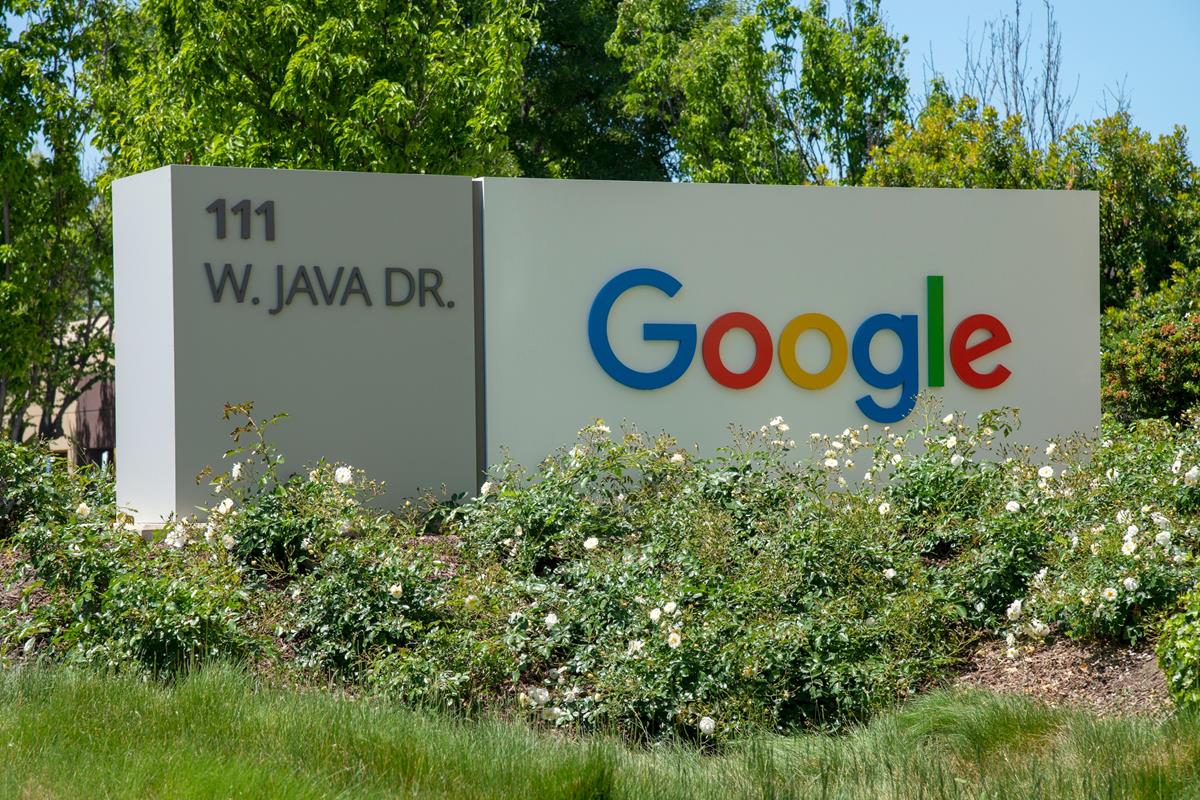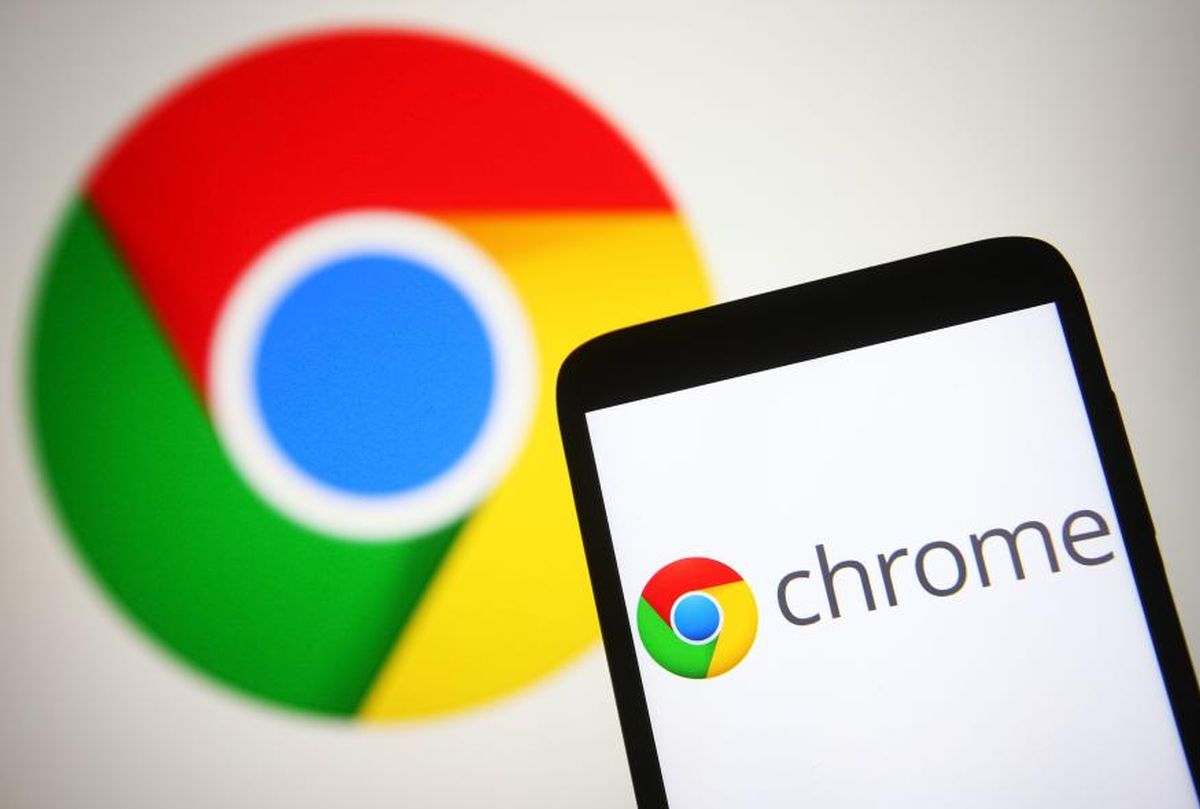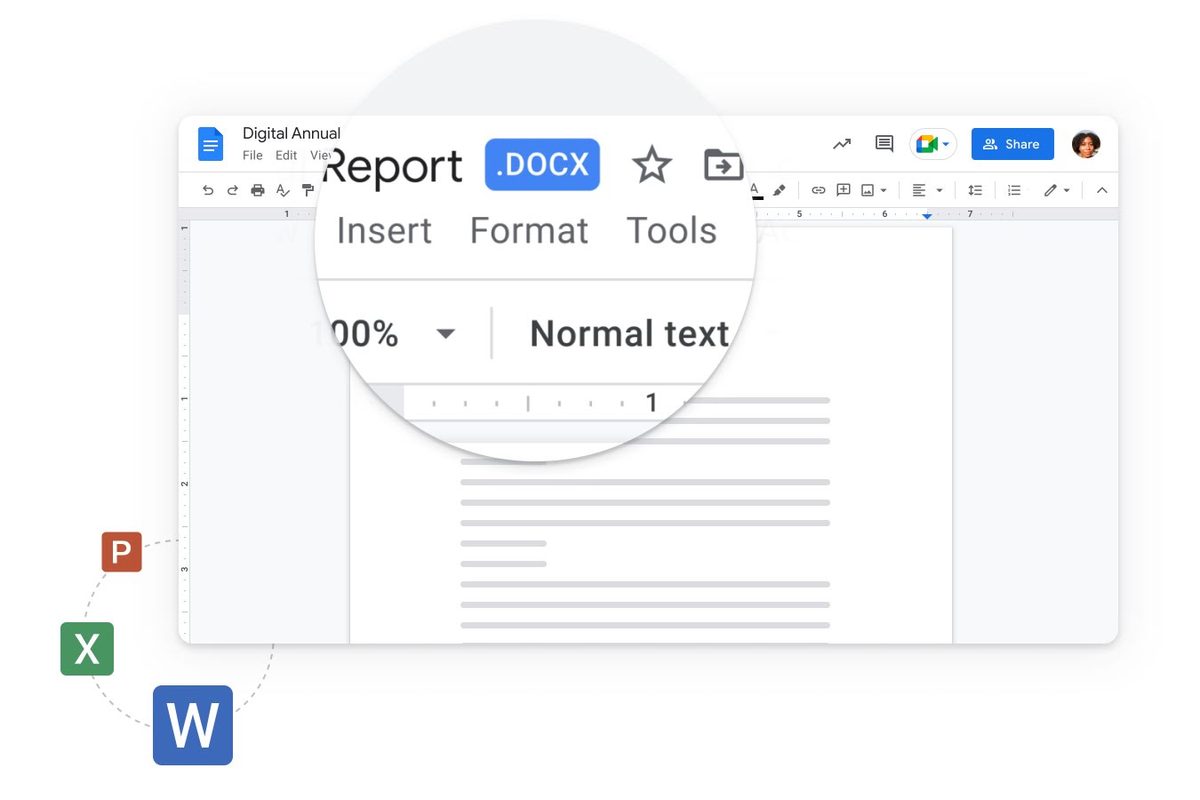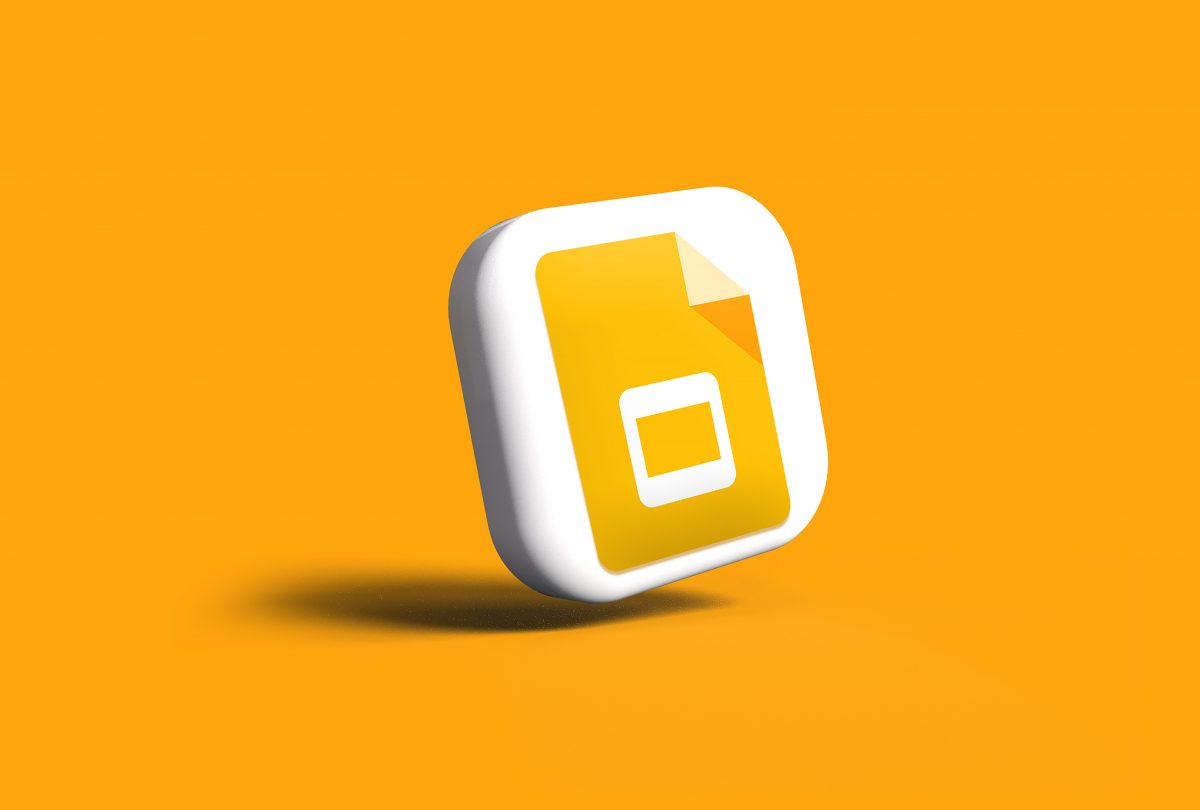How to backup and restore Google Drive files
If Google Drive is your file synchronization service of choice, or one of them, then you probably have installed the Drive application on all of your devices and systems.
While the data gets backed up to the cloud -- that means Google servers -- automatically when you use Drive, you may want to create a local backup of files as well.
There are two main reasons for that. First, you may feel safer if you have a local backup available, so that unforeseen events -- Google gets hacked, your account terminated, your account hacked and files deleted, you lose your account access in other ways -- do not mean that you will lose access to your data.
Second, if you have a local backup and ever need to restore files or reinstall Google Drive, you do not have to download them all from the Internet again.
Backing up Google Drive files
This is as easy as it gets. If you are using Windows Vista or newer, you find all Google Drive files in the C:\Users\username\Google Drive folder by default.
Note: it is possible to change that folder during setup. If you have modified it, or use a different operating system, it may be located in a different folder. Since Google Drive adds a Drive folder to your system, all you have to do is find it to find your files.
Once you have found the folder, you can backup all of its contents to another location or storage device. You can do so manually by simply selecting all files and folders (Ctrl-A while the Drive folder is active) and pasting them into a different location (Ctrl-V while the new destination folder is active), or automatically by using backup software.
Note 2: Some document formats are nothing but links. You can identify them easily as they all have a size of 1KB. When you back up those files, you only back up the link pointing to it on the Google Drive website.
You also need to backup the database information that you find under C:\Users\username\AppData\Local\Google\Drive if you have the intention of restoring the files at a later point in time to Google Drive so that they do not need to be downloaded to the system again.
Restore Google Drive files
If you need to restore the backed up files, to avoid having to download them all again for example, then you can simply move the backup that you have previously created to the original Google Drive location.
This usually makes only sense if Google Drive is not installed on the system, as files would get synchronized automatically otherwise.
What you need to do as well is restore the database file before you install Google Drive anew. To do so, copy the backed up database files to the same location again: C:\Users\Martin\AppData\Local\Google\Drive
Once done, start to install Google Drive on the system, select Advanced setup during installation, and make it points to the location of the Google Drive files that you already have on your system. Make sure the files are stored in the original location.
Advertisement




















I’m using SmartFTP now to encrypt and backup files to Google Drive. The great part is that I can fully automate it and this makes it much cheaper than Amazon’s S3.
You can also use tools like Spanning Backup to back up all those files and restore them into either your own account or another account (in case yours is unavailable for some reason). Cost is only $40USD per user per year.
A useful article. To backup everything on Google Drive, and get Office documents, not the links in Note 2 you can use Google Takeout or Syncdocs.